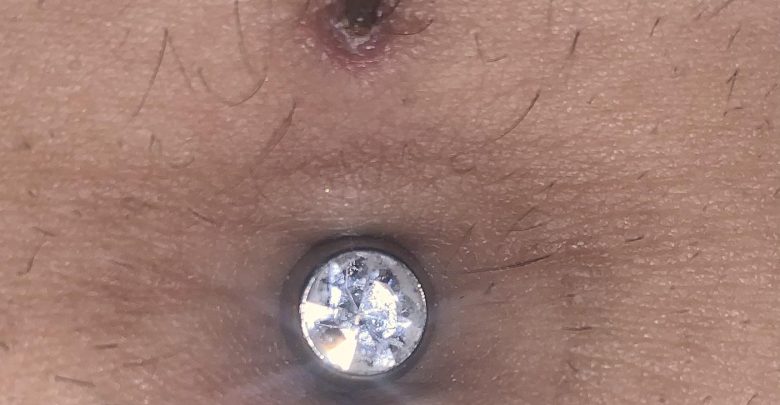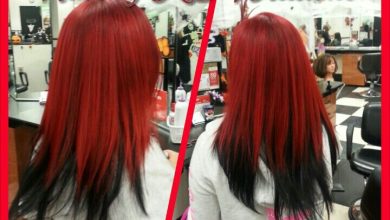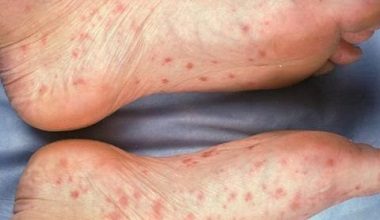Belly Button Piercing Red around Top Hole

Belly button piercing red around top hole indicates possible infection and requires immediate attention. This article provides an introduction to belly button piercing infections, their causes, symptoms, and potential treatments.
Belly button piercings have become a popular form of self-expression and body adornment. However, like any piercing, they come with the risk of complications, including infection. If you notice redness around the top hole of your belly button piercing, it may be an indication of an infection that needs prompt attention.
Belly Button Piercing Red around Top Hole
Infections can occur due to various factors such as poor piercing technique, inadequate aftercare, or the use of low-quality jewelry. Symptoms of an infected belly button piercing may include redness, swelling, pain, discharge, and sometimes even fever. Ignoring or delaying treatment can lead to serious consequences such as abscess formation or spreading of the infection. To properly address an infected belly button piercing, it is crucial to consult a professional piercer or a healthcare provider.
Treatment options may include cleaning the piercing with saline solution, applying topical antibiotics, and in severe cases, taking oral antibiotics. Taking proper care of the piercing by following aftercare instructions is essential to prevent infections. If you have a belly button piercing and notice redness around the top hole, it is crucial to take it seriously and seek professional assistance promptly. By doing so, you can ensure prompt treatment and minimize the risk of further complications.
When it comes to belly button piercing, it is important to take long-term care to avoid any complications. Proper aftercare is crucial for healing and maintaining the piercing’s health.
| Cleanliness: | Regular cleaning with saline solution or mild soap helps prevent infection. Avoid using alcohol or harsh solutions. |
| Avoid touch: | Avoid touching the piercing with dirty hands and minimize movement to prevent irritation or additional redness. |
| Proper jewelry: | Ensure you are wearing high-quality, hypoallergenic jewelry suitable for healing, reducing the risk of redness or allergic reactions. |
| Take care during physical activities: | During exercise or sports, protect the piercing using a waterproof covering to avoid irritation from sweat or clothing friction. |
| Be patient: | Remember that healing times vary, and it is normal to experience some redness and swelling during the healing process. |
In summary, taking care of your belly button piercing long-term involves proper cleaning, avoiding touch, using appropriate jewelry, protecting during physical activities, and being patient with the healing process.
Should I Be Concerned If My Belly Button Piercing Is Red Around The Top Hole?
Redness around the top hole of your belly button piercing is a common sign of irritation and should not be ignored. It is important to take proper care of your piercing to avoid infection or complications.
What Can Cause Redness Around The Top Hole Of A Belly Button Piercing?
Several factors can contribute to redness around the top hole of a belly button piercing, including allergic reactions to jewelry, friction from tight clothing, improper cleaning, or bacterial infection. Identifying the cause can help in finding the right solution.
How Can I Treat Redness Around The Top Hole Of My Belly Button Piercing?
To treat redness around the top hole of your belly button piercing, clean the area with saline solution or a mild soap, avoid touching or twisting the jewelry, wear loose-fitting clothing, and avoid exposing the piercing to excessive moisture. If the redness persists or worsens, consult a professional piercer or healthcare provider.
Conclusion
To summarize, a redness around the top hole of a belly button piercing could be a sign of irritation or infection. It is crucial to address this issue promptly to prevent any potential complications. Remember to consult a professional piercer or healthcare provider for proper guidance and care.
Taking the necessary precautions and following aftercare instructions will ensure a successful and comfortable healing process. Keep in mind that everyone’s body is unique, so paying attention to the signals it gives is crucial for maintaining a healthy piercing.





